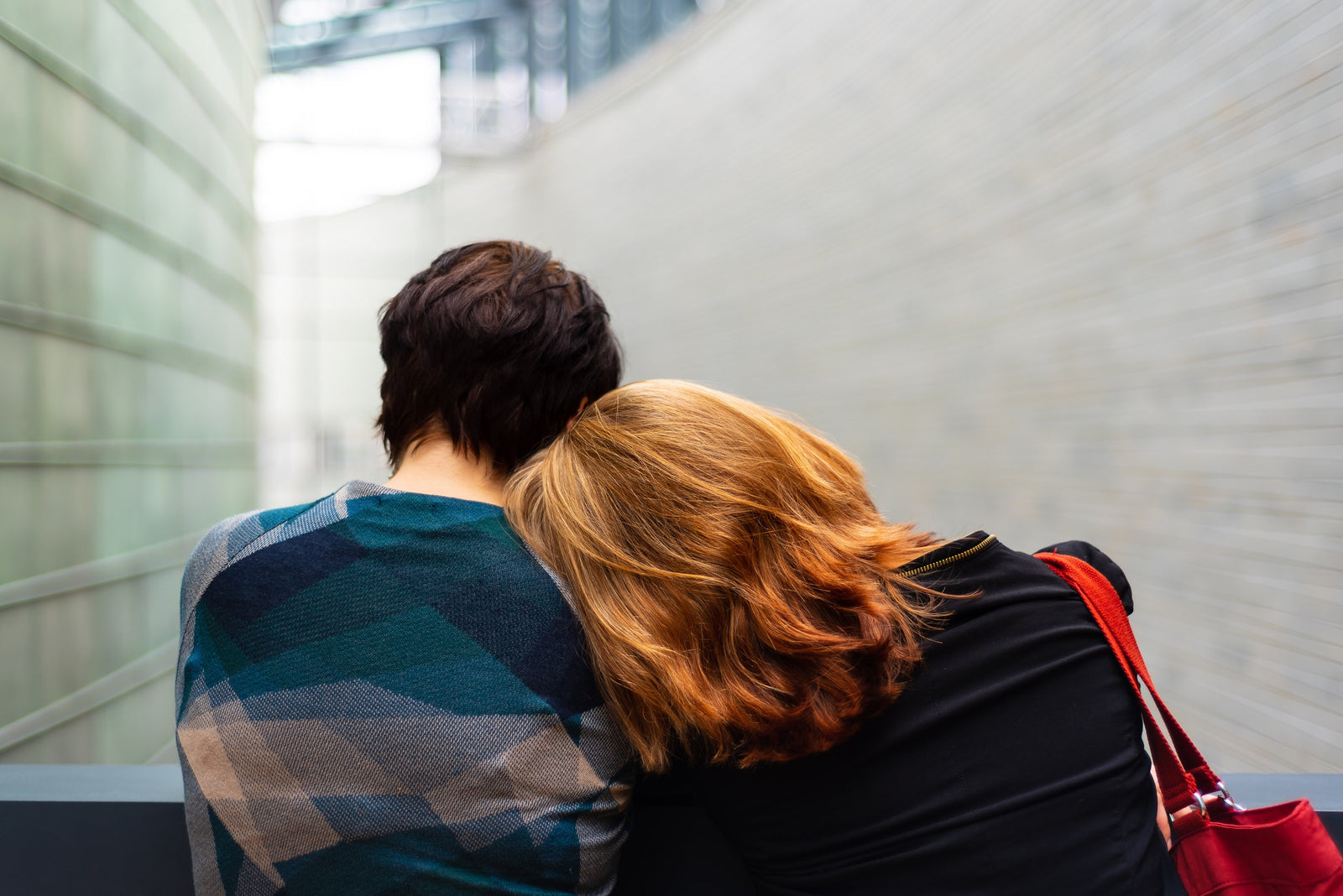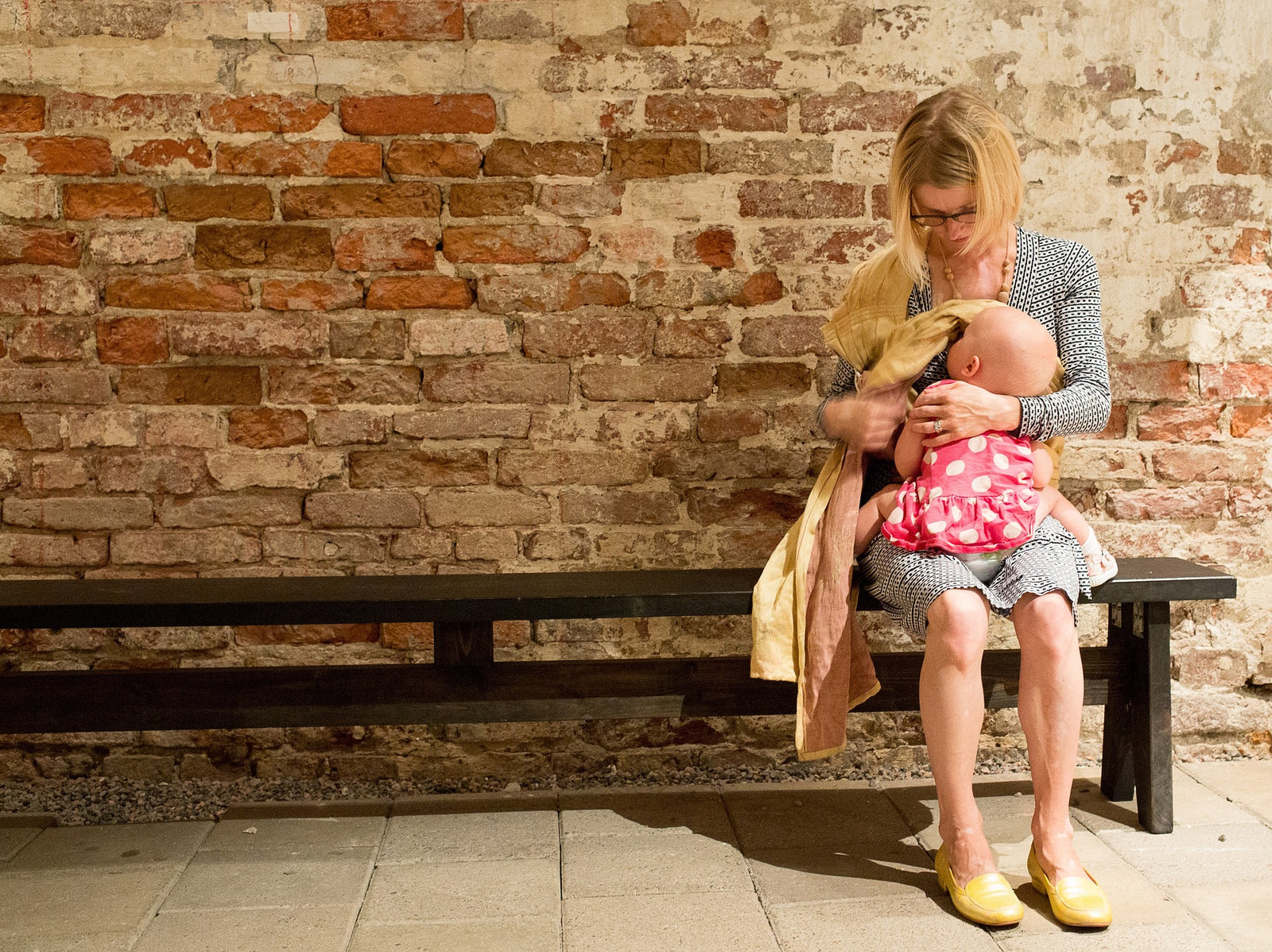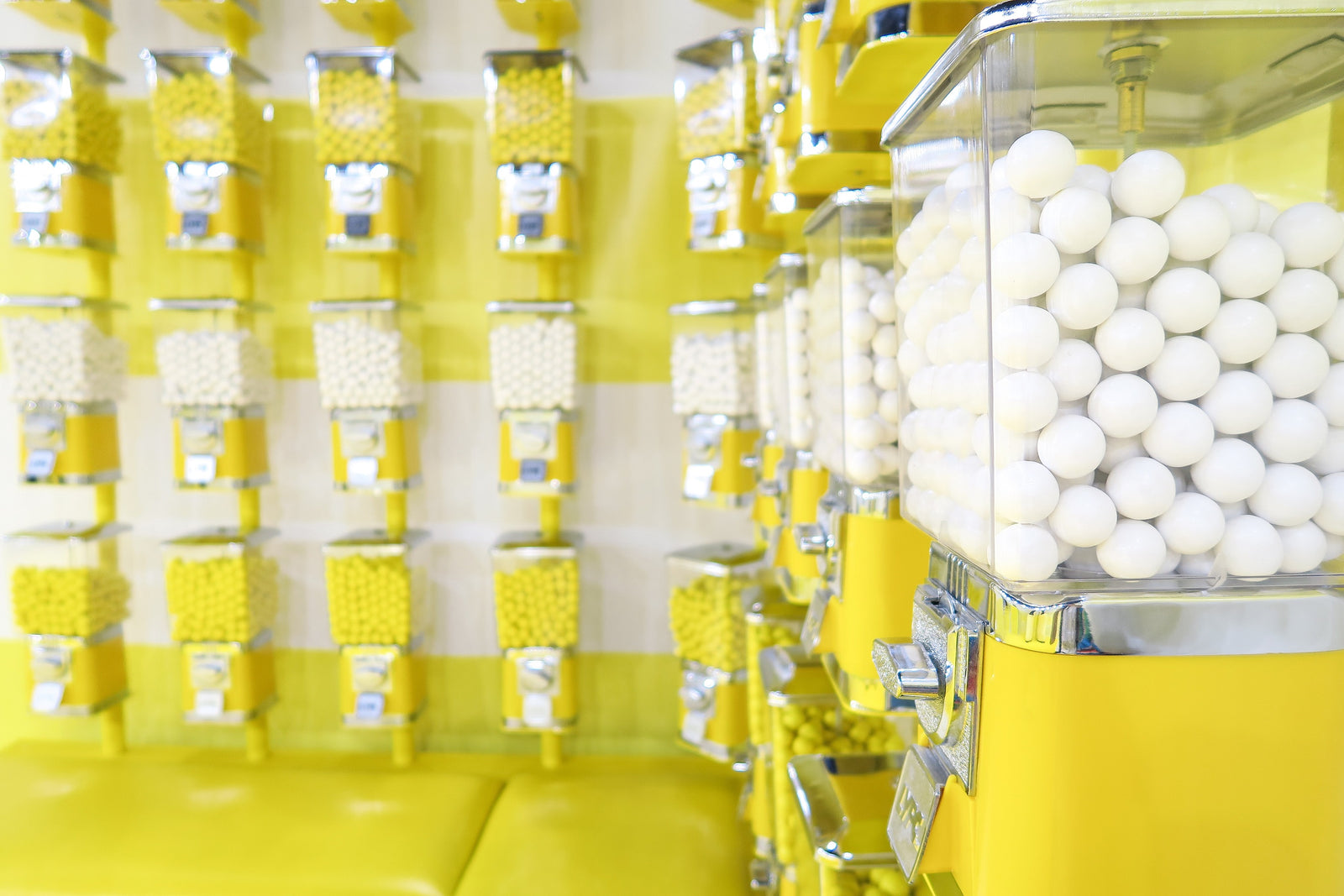🚚 FREE USA SHIPPING ON ORDERS OVER $30! INTERNATIONAL SHIPPING AVAILABLE.
🚚 FREE USA SHIPPING ON ORDERS OVER $30! INTERNATIONAL SHIPPING AVAILABLE.
Coffee around the world
by Tina Sendin 6 min read

What do you most look forward to when you travel?
The sights? Meeting new people? Learning another language? Immersing yourself in a new culture? Sinking your teeth on the local food and drink scene?
Being the coffee and travel enthusiast myself, I always want to check out the coffee that the country is known for. I’m pretty sure that wherever you are in the world, you’ll find coffee lovers with the same ritual - wake up every morning and make themselves their own cup of coffee.
If you’re like me who has caught the travel bug and never gets over the daily caffeine fix, then you might want to embark on the same coffee mission.
Go on and find out how people around the world like their coffee. Here’s a list of the most popular coffee around the world (in alphabetical order by country):
AUSTRALIA - Flat White
The moment you set foot on the Land Down Under, you should definitely get into the rich café scene. There are a lot of hipster cafes (whether hidden along the laneways or screaming for attention somewhere around the Darling Harbour) brimming with third wave coffee that Aussies love to the core.
The moment you enter these cafes, don’t hesitate to order a flat white, the most distinct characteristic of which is the steamed, velvety milk microfoam that tops a ristretto shot or two of espresso.
It may look and taste like lattes or cappuccinos but there’s definitely an important difference – its layers! Flat whites have higher coffee to milk ratio, with that characteristic foam about to spill over that warm cup of coffee.
Get this one if you’re thinking of cutting down on your dairy!
AUSTRIA - Wiener Mélange
It’s easy to mistaken this for a cappuccino. But when you’re in Viennese cafes, odds are that your cappuccino is actually a Wiener Mélange.
It’s Austria’s version of a cappuccino, which is in the form of espresso topped with steamed milk froth, with whipped cream and cocoa powder to boot. These last two ingredients set it apart from an ordinary cappuccino.
If you’re feeling a little more adventurous or extra, try asking the local barista for a kaisermélange, which includes an additional honey-egg yolk mix.

CUBA - Café Cubano
This one may be small but mighty! Café Cubano are known to be extra strong and sweet, sans the milk.
If you miss your dairy, you can always ask from a “cortadito.”
Also known as cafecito, a café Cubano is essentially a shot of dark-roasted espresso brewed with sugar or mixed and melted with the grounds.
You can down a shot first thing in the morning, after meals, or basically whenever you feel like an extra kick (especially after a big night in Havana). These shots are also passed around during social scenes.
ETHIOPIA - Ethiopian Coffee Ceremony
Ethiopia is normally one of the countries that come to mind when we talk of coffee. In fact, it’s known as the birthplace of coffee and said to be where the first arabica coffee came from. It’s also a major source of single origin premium coffee beans.
Buna, how coffee is called in Ethiopia, is usually served with salt or butter and snacks. Ethiopia is known for its traditional coffee ceremonies, the most important social gathering and how Ethiopians establish connections with each other. Being invited to this ceremony is a massive honor – it’s a sign of friendship and respect. If you’re lucky enough to be invited into one, remember that it’s customary to stay for a minimum of three cups (the third cup is seen as a blessing).

FINLAND - Kaffeost
Finnish love their coffee with cheese. In fact, their coffee, which is called “Kaffeost” stands for “coffee cheese.”
How does coffee cheese happen, you may ask. Kaffeost involves hot coffee that’s poured over cubes and curds of cheese - juustoleipä. Apparently, the cheese cubes soften and absorb the coffee and don’t melt at all. So you get to eat them after finishing your cup!

FRANCE - Café au lait
“Lait” in French means milk. So café au lait simply means “coffee with milk.”
Indeed, this drink is coffee with hot (frothed) milk and a roll of baguette or croissant on the side. Note that the milk is separate from the coffee.
It’s usually served in a mug with a wide opening to make room for some pastry-dipping, a la Oreo into milk.
Don’t know about you but there’s a certain je ne sais quoi with this drink!
The French love to take their morning drink with equal parts steamed milk and freshly brewed coffee. The trick here is to serve it in a big cup — to make for easy croissant dipping.

GERMANY - Pharisäer Kaffee
This German coffee is essentially a spiked caffeine drink. It’s mixed with rum and topped with whipped cream. Legend has it that it was invented because a certain pastor was very strict with alcohol. Parishioners then hid their alcohol fix in the coffee and used the whipped cream to hide the smell of rum.
When you drink Pharisäer Kaffee, you should only sip through the whipped cream and not stir at all.

IRELAND - Irish Coffee
The Germans aren’t the only ones who have become creative with their coffee-alcohol combo.
The Irish have also concocted the Irish coffee to come up with this cocktail hybrid consisting of hot coffee, whiskey, sugar, and thick cream.
It’s been said that the Irish created this drink in the 1940s to help American tourists warm up during winter evenings.

ITALY - Espresso Romano
When in Rome, do as the Romans do.
But Espresso Romano isn’t only present in Rome, but in the entire country.
The drink is served with a slice of lemon, which brings out the best of your shot of espresso.
A true, Italian espresso comes with a slice of lemon, which is said to bring out the java's sweeter flavors. The lemon is first rubbed around the rim of the cup then allowed to steep.

It’s believed that the espresso-lemon tandem chases away the headache and serves as a boost of Vitamin C. Other sources say that Espresso Romano was invented during the Second World War when there’s scarcity in water and lemon was used to sanitize the cups.
Pro tip – when you order one of these, make sure you do it in the morning (it’s odd for Italians to drink this any other time of the day). It’s also better enjoyed standing in a café than as a to-go.
MEXICO - Café de Olla
How would you like your coffee? With cinnamon?
Then this drink is perfect for you.
Café de Olla, which means “pot coffee,” is served with a cinnamon stick or piloncillo (a traditional unrefined cane sugar from the country)… in a clay mug. For Mexicans, serving this in earthenware brings out the best of coffee.
Aside from the cinnamon stick, you can also mix this with clove, allspice, black peppercorns, and orange peel.
If you like your coffee with milk or cream though, then you’re better off getting something else. Café de Olla doesn’t normally go with these two.
This drink is usually found in cold rural areas.

Saudi Arabia – Kahwa or Qahwa
As the Arabic word for coffee, Kahwa or Qahwa is served in traditional ceremonies where the youngest pour for the elders first, signifying a sign of respect. It also goes with dried dates or any sweets to complement the bitter taste of this cardamom-spiced drink. Some seasonings that get added include saffron, rose water, cinnamon and cloves.
Kahwa/Qahwa is brewed using green coffee, making it a very weak brew.

TURKEY - Türk Kahvesi
The Turks like their coffee “as black as hell, as strong as death and as sweet as love,” at least according to a famous Turkish proverb.
To achieve this, they create a thick brew from roasting finely ground beans in “cezve,” a pot made of special copper or brass.
Two things that are interesting about the brewing process of this coffee drink: it’s unfiltered so you’ll still find the grounds at the bottom, and that the sugar comes pre-boiling, instead of after when the whole process is over.
The final product includes a thick foam on the surface.
Note: don’t add milk or cream nor stir the cup as those are uncharacteristic of Türk Kahvesi.

VIETNAM - Cà phê đá
The Vietnamese version of iced coffee entails a very sweet and strong java experience, all thanks to the coarsely ground dark roast coffee and a whole cup of condensed milk dripping from a French filter or a traditional Vietnamese coffee press.
The grand finish for this amazingly refreshing drink is a whole heap of ice.
Feeling a little adventurous? Why don’t you order ca phe trung, the Vietnamese egg coffee. If that sounds as odd to you as kaffeost in Finland, don’t worry. It’s all worth the try! All you get is a creamy cup of java that’s filled with whipped egg yolks and a whole lot of sweetness.

Also in Viter Energy Blog

Can caffeine help with ED?
by Mark Miller 3 min read
Erectile dysfunction. In combination, those are two of the ugliest words known to man. But can caffeine help you get it up?
Science hasn't found the definitive answer to this question, but one study concluded that fewer men who consume caffeine have problems performing. The study said:
Caffeine intake reduced the odds of prevalent ED, especially an intake equivalent to approximately 2-3 daily cups of coffee (170-375 mg/day). This reduction was also observed among overweight/obese and hypertensive, but not among diabetic men. Yet, these associations are warranted to be investigated in prospective studies

Caffeine while breastfeeding? Go ahead, it's OK
by Mark Miller 4 min read
Many breastfeeding mothers wonder if it's OK to take caffeine. In fact, many nursing mothers just avoid caffeine in case it would keep their babies fussy, jittery and awake.
The answer is yes, you can take caffeine while breastfeeding, as long as you don't go over about 300 mg a day.
It's an important question because caffeine is in so many products, and taking coffee, tea, or soda is such a common ritual.
And breastfeeding mothers may be tempted to take caffeinated products because they are deprived of sleep by their newborns' odd sleep schedule.

The surprising benefits of chewing gum
by Mark Miller 5 min read
You might think gum chewing is an activity with little or no benefits besides the pleasure and flavor, but think again. Chewing gum has several benefits.
In addition to freshening your breath, sugar-free gum can help prevent cavities and contribute to overall oral health. But that's just the beginning.



